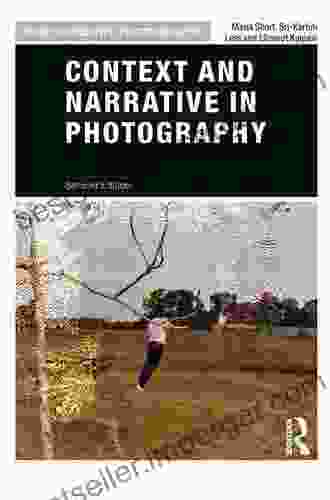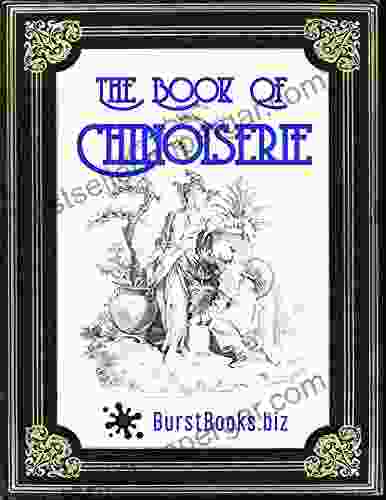The Allure of Chinoiserie Art: A Timeless Fusion of East and West

Step into the enchanting world of Chinoiserie art, where the exotic allure of the Orient intertwines with the refined artistry of Europe. This captivating fusion of styles has captivated art enthusiasts and interior designers alike for centuries, leaving an indelible mark on the world of decorative arts. In this comprehensive guide, we'll delve into the history, techniques, and captivating designs that have made Chinoiserie a timeless treasure.
Origins and Influences
The term "Chinoiserie" emerged in the 18th century to describe European artistic styles that drew inspiration from Chinese and Japanese art. However, the roots of this aesthetic exchange can be traced back to the 16th century, when European traders first encountered the exquisite porcelain and other decorative objects from the Far East. These exotic imports ignited a fascination for Oriental culture, influencing everything from architecture and furniture to ceramics and textiles.
In the 17th and 18th centuries, European artists and artisans began to incorporate Chinese motifs into their own designs, creating a unique fusion of styles. The influence of Chinese porcelain, in particular, was profound. The delicate blue-and-white patterns and intricate floral designs became highly sought after, inspiring European manufacturers to create their own versions of this exquisite ware.
Characteristics of Chinoiserie Art
Chinoiserie art is characterized by its vibrant colors, intricate patterns, and exotic subject matter. Common motifs include pagodas, bridges, weeping willows, bamboo, birds, flowers, and mythical creatures. These elements are often rendered in a stylized and decorative manner, with an emphasis on asymmetry and curved lines.
One of the most distinctive features of Chinoiserie art is its use of chinoiserie wallpaper. These hand-painted or printed wallpapers depict panoramic scenes of Chinese landscapes, gardens, and pavilions. They were highly fashionable in the 18th century and remain popular today as a way to add a touch of exotic charm to any room.
Techniques and Materials
Chinoiserie artists employed a variety of techniques to create their exquisite works of art. These included:
- Painting: Chinoiserie paintings were typically executed on silk, paper, or canvas, using watercolors or gouache. The artists often used a wet-on-wet technique, allowing the colors to blend and flow together, creating a soft and ethereal effect.
- Ceramics: Chinese porcelain was the inspiration for many European ceramic manufacturers. They created their own versions of blue-and-white china, as well as other types of decorative pottery and figurines.
- Textiles: Chinoiserie fabrics were popular for upholstery, curtains, and clothing. They were often decorated with printed or embroidered designs featuring Chinese motifs.
- Furniture: Chinoiserie furniture was often made from exotic woods such as mahogany and rosewood. It was typically decorated with lacquer and metal mounts, and often featured elaborate carvings.
Themes and Interpretations
The themes depicted in Chinoiserie art reflect the European fascination with the exoticism of the Orient. Chinese landscapes and cultural scenes were often romanticized and idealized, reflecting a European desire to escape the constraints of everyday life. Chinoiserie art also served as a way to express the Enlightenment ideals of naturalism and the pursuit of knowledge about the world beyond Europe.
Over time, Chinoiserie art has been interpreted in different ways. In the 18th century, it was seen as a fashionable and exotic style. In the 19th century, it was associated with the Romantic movement and its emphasis on nature and emotion. In the 20th century, Chinoiserie art experienced a revival, as it was rediscovered by modern artists and designers.
Legacy and Influence
Chinoiserie art has had a profound and lasting influence on the world of art and interior design. It has inspired generations of artists, from Vincent van Gogh to Pablo Picasso, and its motifs and designs continue to be used in contemporary art and design today.
Chinoiserie art is a testament to the enduring power of cultural exchange. It is a reminder that art can transcend boundaries and bring together different cultures and perspectives. As we continue to explore and appreciate the rich tapestry of human creativity, Chinoiserie art will undoubtedly continue to captivate and inspire us for generations to come.
Do you want to contribute by writing guest posts on this blog?
Please contact us and send us a resume of previous articles that you have written.
 Book
Book Novel
Novel Page
Page Chapter
Chapter Text
Text Story
Story Genre
Genre Reader
Reader Library
Library Paperback
Paperback E-book
E-book Magazine
Magazine Newspaper
Newspaper Paragraph
Paragraph Sentence
Sentence Bookmark
Bookmark Shelf
Shelf Glossary
Glossary Bibliography
Bibliography Foreword
Foreword Preface
Preface Synopsis
Synopsis Annotation
Annotation Footnote
Footnote Manuscript
Manuscript Scroll
Scroll Codex
Codex Tome
Tome Bestseller
Bestseller Classics
Classics Library card
Library card Narrative
Narrative Biography
Biography Autobiography
Autobiography Memoir
Memoir Reference
Reference Encyclopedia
Encyclopedia Ayomi Dada Richards
Ayomi Dada Richards Anne Somerset
Anne Somerset Avicenna
Avicenna Gunnar Odhner
Gunnar Odhner Astrid Karlsen Scott
Astrid Karlsen Scott Aristide Tofani
Aristide Tofani Arvind Venkat
Arvind Venkat Anthony Swing
Anthony Swing Christopher Wilkinson
Christopher Wilkinson Ruchi Singh
Ruchi Singh Vivian A Elwell
Vivian A Elwell Eric Rauchway
Eric Rauchway Gillian Hick
Gillian Hick Ashley Ream
Ashley Ream Dr Christina Covert
Dr Christina Covert Casey O Roarty
Casey O Roarty Jack Goody
Jack Goody Antoine Compagnon
Antoine Compagnon Arun Mbakvp
Arun Mbakvp Ashley Adams
Ashley Adams
Light bulbAdvertise smarter! Our strategic ad space ensures maximum exposure. Reserve your spot today!

 Francis TurnerThe Splendid Blond Beast: A Literary Masterpiece That Will Captivate Your...
Francis TurnerThe Splendid Blond Beast: A Literary Masterpiece That Will Captivate Your... Troy SimmonsFollow ·18.5k
Troy SimmonsFollow ·18.5k Clarence BrooksFollow ·5.1k
Clarence BrooksFollow ·5.1k Billy FosterFollow ·5.5k
Billy FosterFollow ·5.5k Kirk HayesFollow ·9.1k
Kirk HayesFollow ·9.1k Roberto BolañoFollow ·10.5k
Roberto BolañoFollow ·10.5k Edwin BlairFollow ·5.8k
Edwin BlairFollow ·5.8k Anthony BurgessFollow ·14.9k
Anthony BurgessFollow ·14.9k Jason ReedFollow ·13.5k
Jason ReedFollow ·13.5k

 Frank Mitchell
Frank MitchellThe Sky Is Awake: Astronomy for Beginners
Embark on an...

 Foster Hayes
Foster HayesUnveiling the Essence of Photography: Context and...
Photography, the art of capturing...

 Rob Foster
Rob FosterUnlock the Explosive Secrets of Everyday Objects with...
Prepare to embark on an extraordinary...

 George Orwell
George OrwellReprogram Your Brain to Conquer Stress, Fear, and Social...
Unlock the Power of Your Mind to Overcome...













